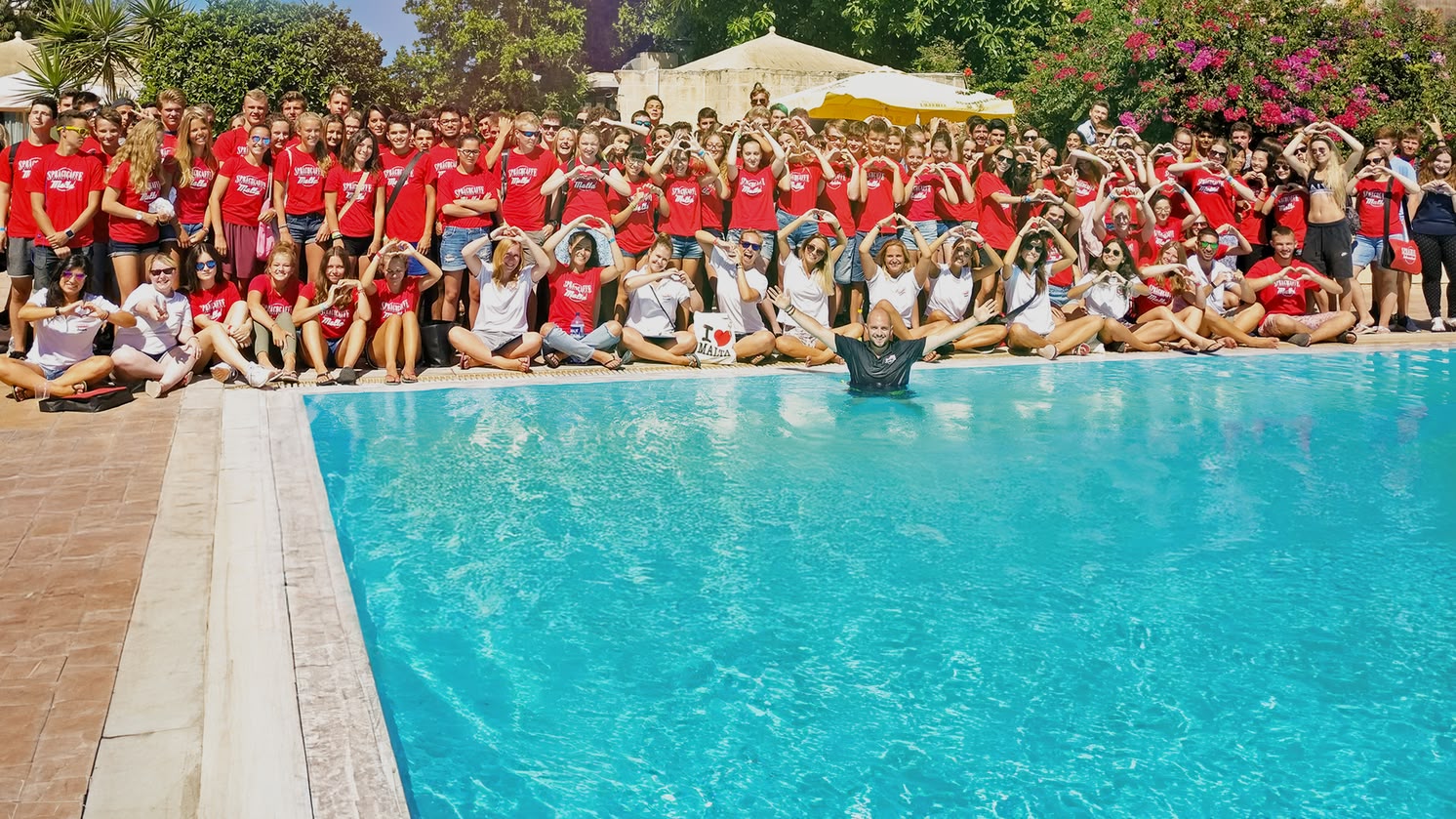Verbs ser and estar
The verbs ser and estar are verbs that allow us to express different types of information: identity, state, location and conditions. For this reason, they are among the first verbs to be learned in Spanish because of their great usefulness. However, learning the verbs "ser" and "estar" in Spanish can be challenging. Learn when to use these verbs and their conjugation with Sprachcaffe.
Difficulties in learning the verbs "ser" and "estar".
Learning the verbs "ser" and "estar" in Spanish can be challenging for learners, especially for those whose native language does not have such a sharp distinction between these verbs or who come from languages that do not have a similar grammatical structure. There are three main reasons for this:
- Ambiguity of meanings in their translation into other languages: Although both verbs translate into English as "to be", in Spanish they have different meanings, which can lead to confusion. In addition, in some languages there are no exact equivalents.
- Contextual use: Although both verbs translate into English as "to be," in Spanish they have different meanings and can sometimes be ambiguous to those familiar only with English.
- Conjugation irregularity: The verb conjugations of "ser" and "estar" are different in different tenses and grammatical persons, which may require more memorization and practice
How do you know when to use the verb ser or estar?
Principales usos del verbo "Estar"
| Usage | Explanation and example |
|---|---|
| Location | To indicate the physical location of people, objects or places. Example: Estoy en la escuela (I am at school). |
| Temporary states or emotionsIt is used to express emotional states, temporary conditions or momentary physical states that may change over time. Example: Estoy feliz (I am happy) / Estoy cansado (I am tired). | |
| Changeable descriptions It is used to describe temporary states or conditions. Example: La comida está caliente (The food is hot). | |
| Continuous processes or forms | It can be used to express actions that are occurring in the present moment and to form the continuous or progressive voice in some verb tenses. It is the same use as the present continuous in English. Example: Estoy comiendo (I am eating). |
| Description of changeable conditions or characteristics | To describe conditions or characteristics that may vary. Example: El clima está soleado hoy (The weather is sunny today). |
| Family relationships | Example: She's my sister (She is my sister)/ Él es mi padre (He is my father). |
| Idiomatic constructions | There are some idomatic expressions in which "estar" has a particular meaning. Example: Estar como un flan (to be nervous). |
| Compound forms | To form compound tenses, such as the past perfect and other compound forms. Example: He estado durmiendo (I have been sleeping). |
Conjugation of the verb estar
| Personal pronouns | Present tense | Pretérito imperfecto | Pretérito perfecto simple | Futuro simple | Conditional |
|---|---|---|---|---|---|
| Yo | estoy | estaba | estuve | estaré | estaría |
| Tú | estás | estabas | estuviste | estarás | estarías |
| Él/Ella/Usted | está | estaba | estuvo | estará | estaría |
| Nosotros/Nosotras | estamos | estábamos | estuvimos | estaremos | estaríamos |
| Vosotros/Vosotras | estáis | estabais | estuvisteis | estaréis | estaríais |
| Ellos/Ellas/Ustedes | están | estaban | estuvieron | estarán | estarían |
Improve your Spanish grammar with a language trip
Want to improve your Spanish? Start your unforgettable language trip to the Spanish-speaking country of your choice now!
Principales usos del verbo "Ser"
| Usage | Explanation and example |
|---|---|
| Origin and nationality | Used to indicate someone's origin or nationality. Example: Soy de Alemania (I am from Germany). |
| Identity and permanent characteristics | Used to describe the identity, inherent and permanent characteristics of a person or thing. Example: Soy estudiante (I am a student). |
| Occupation | Used to express someone's occupation or profession. Example: Soy médico (I am a doctor). |
| Permanent descriptions and characteristics | Used to describe fundamental or innate characteristics of something or someone. Example: El mar es azul. (The sea is blue) |
| Events | Used to express scheduled events or situations. Example: La reunión es el martes (The meeting is on tuesday). |
| Family relationships | Example: Ella es mi hermana (She is my sister)/ Él es mi padre (He is my father). |
| Profession | Used to express someone's occupation or profession. Example: Soy ingeniero ( I am an engineer). |
| Ownership and belonging | Used to indicate ownership or belonging. Example: El libro es de Juan (The book is Juan's). |
Conjugation of the verb ser
| Personal pronouns | Present tense | Pretérito imperfecto | Pretérito perfecto simple | Futuro simple | Conditional |
|---|---|---|---|---|---|
| Yo | soy | era | fui | seré | sería |
| Tú | eres | eras | fuiste | serás | serías |
| Él/Ella/Usted | es | era | fue | será | sería |
| Nosotros/Nosotras | somos | éramos | fuimos | seremos | seríamos |
| Vosotros/Vosotras | sois | erais | fuisteis | seréis | seríais |
| Ellos/Ellas/Ustedes | son | eran | fueron | serán | serían |
Recommendations for learning the verbs ser and estar in Spanish
- Expand your vocabulary: You will be able to use the verb "to be" more accurately if you learn new words and adjectives to better describe people, objects or situations.
- Listen and read in context: Listen to music and watch Spanish movies or series to familiarize yourself with how the verb "ser" is used in context.
- Ask a teacher: If you have questions or need additional help, don't hesitate to ask a Sprachcaffe teacher. They will be happy to help you.
Conclusion
"Being" is used for permanent characteristics, identity, origin, profession, and intrinsic characteristics. "Being" is used to describe temporal aspects, spatial location, emotional states, changing conditions, and actions in progress. |
With these tips, you will have no problem deciding when to use the verbs "ser" and "estar" for accurate and effective communication.
Discover all options to learn Spanish abroad









